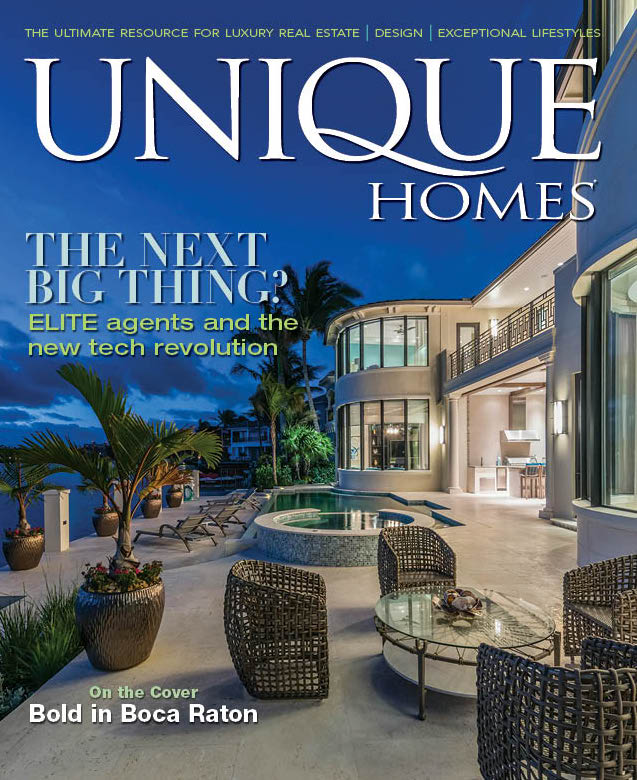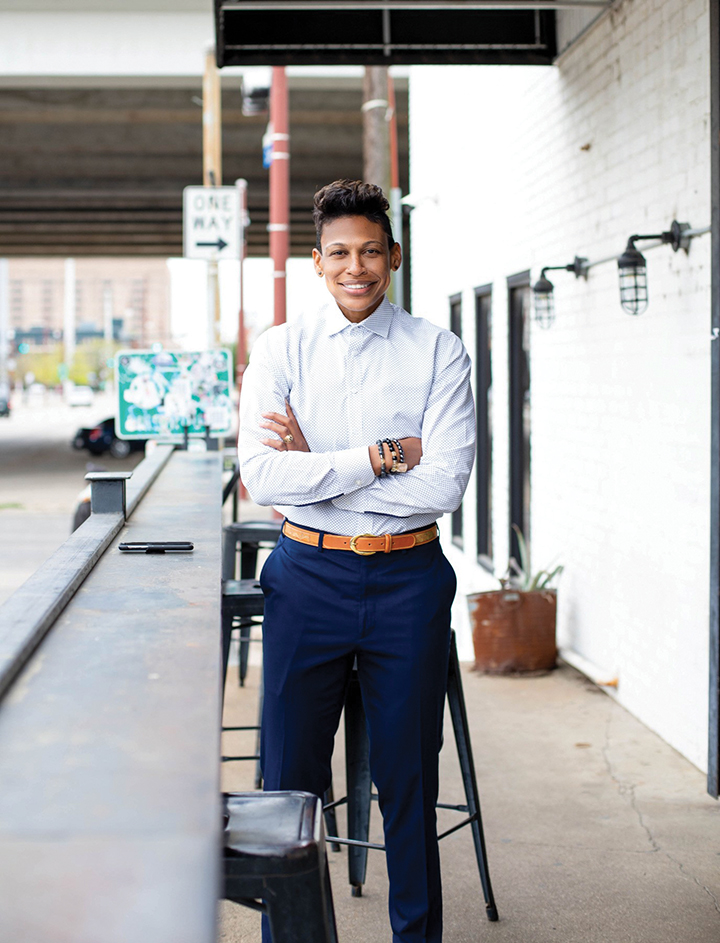
Khaliah O. Guillory, Owner of Nap Bar
A new set of businesses aims to help a sleep-deprived society relax and rejuvenate.
Nap bars. Upon hearing about this concept, various images come to mind, from a series of bedrooms with designated time slots for napping, to a pillowy oasis set in the clouds. While some ideas are more fantastical than others, the meaning behind many nap bar businesses and their missions is far more down to earth.
Whether naps are offered as a complimentary service or finely curated in a luxury setting, the importance of sleep has been reinvigorated by companies like these who know that the benefits of napping are nothing to sneeze (or snore) at in today’s world.
In recent years, with the rise of globalization and businesses running 24/7, productivity can and has for some time become a priority. Maria Jose Hernandez of recharj, a meditation studio headquartered in Washington, D.C., says the needs of the human body should take precedence, however.
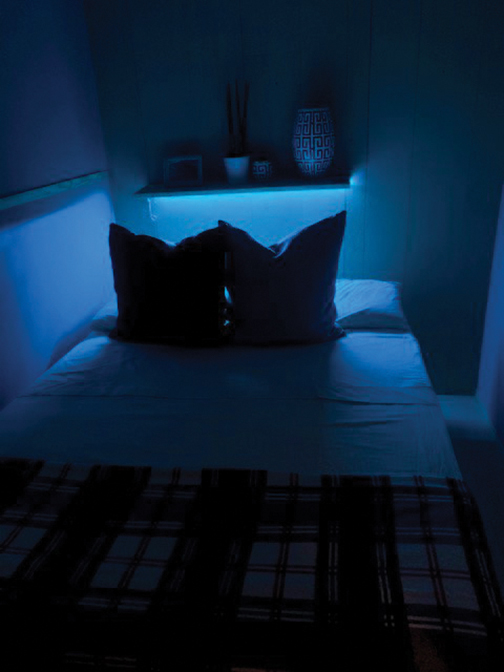
An avid lover of naps since childhood, Guillory developed her company as a way to keep herself from “taking naps in [her] car.”
Photos courtesy Nap Bar.
“Science has proven that sleep is how you are able to learn, retain memory — all these functions that we need to be productive.”
Many nap bars and sleep-oriented businesses have been developed by busy business professionals and entrepreneurs who found themselves suffering from sleep deprivation or sleep-related issues. For example, Khaliah O. Guillory was working at a Fortune 500 company and struggled with getting restful sleep when she was inspired to open Nap Bar in Houston. An avid lover of naps since childhood, she developed her company as a way to keep herself from “taking naps in [her] car,” and engage other young professionals to rest, relax and feel rejuvenated through a curated, white-glove napping experience.
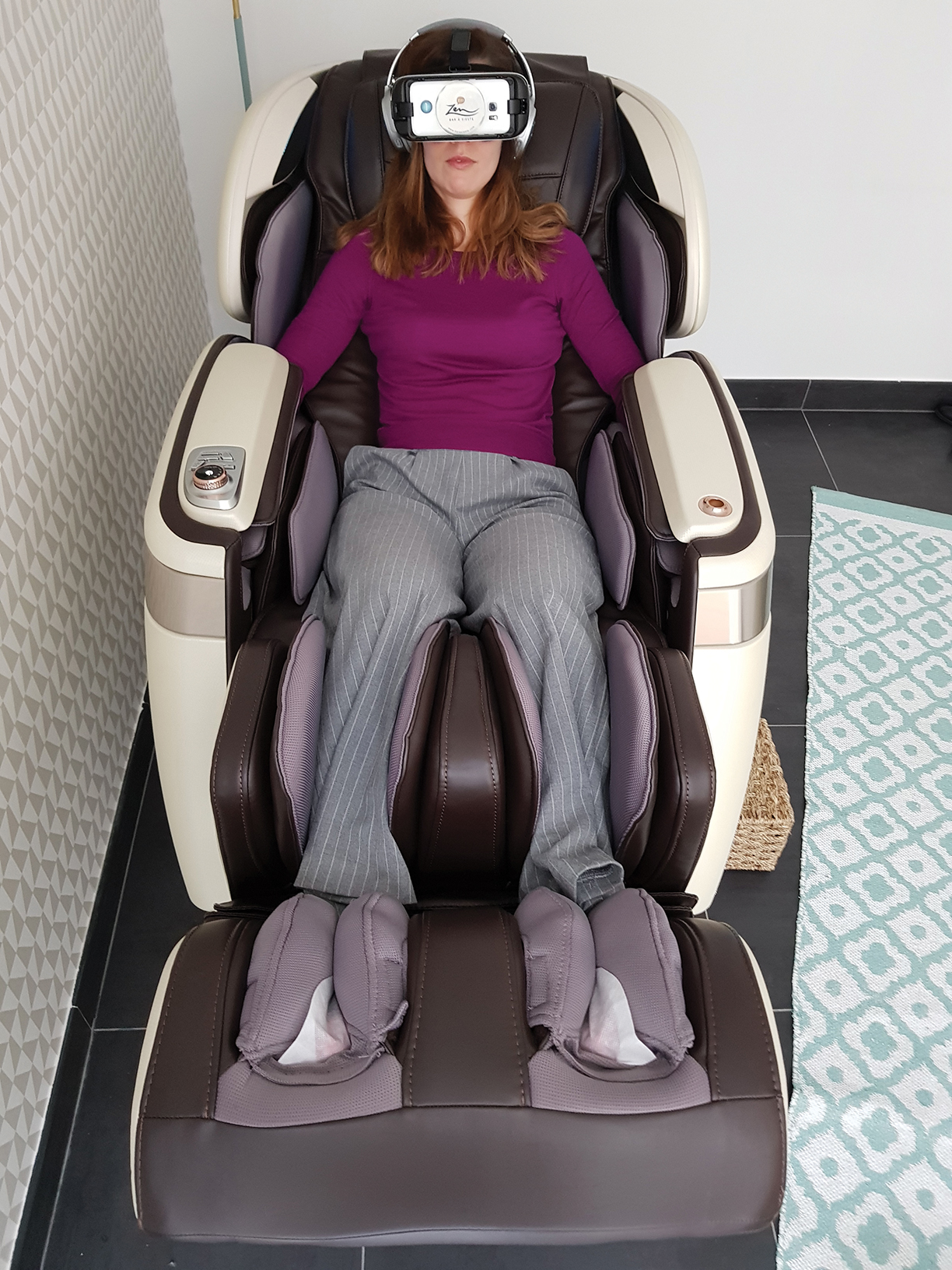
Top: Zen – Bar à Sieste Weightless Chair and VR.
Photos courtesy Zen – Bar à Sieste
Christophe Chanhsavang and his wife, Virginie, have had similar trials and tribulations. From Virginie’s corporate work hours to Christophe’s long hours of study, he realized from his experience working in the UK, China and Greece how much the concept of wellness was nonexistent in the French society. To avoid taking more naps in the office bathroom, Chanhsavang says they founded Zen – Bar à Sieste in 2011 in Paris and have since approached wellness from a holistic perspective by promoting sleep, nutrition, physical activity and mental health.
Professionals in the wellness industry have noted and continue to highlight the importance of sleep, which in turn has led to research and results into the benefits of napping. Guillory offers facts that have helped fuel the educational aspect of Nap Bar, including a NASA statistic that suggests shorter nap durations are better for reducing the impact of sleep inertia, a physiological state of impairment that affects cognitive and sensory-motor performance.*
Mauricio Villamizar, CEO of Pop & Rest in London, takes these findings a step further, noting how a lack of sleep can ultimately lead to disruptions in workflow. “Sleep deprivation is linked to lower productivity at work and it’s one of the main drivers of absenteeism … in the workplace. If we translate this into working days, we are looking at around 200,000 working days being lost each year in the UK only. In terms of economic consequences, it’s around £40 billion, almost 2 percent of the UK’s GDP,” Villamizar says.
Wellness overall has seen a resurgence in strength from businesses like these, as health has come to be the utmost priority of nations around the world. And just like there are many types of methods of getting and staying well, there are a variety of ways to nap.
Pop & Rest is a London-based wellness startup that connects locals and travelers with sleep and meditation pods, offering clients safe and secure spaces to unwind, rest, and work peacefully. According to Villamizar, customers can visit one of the company’s various locations throughout London and become immersed in a calm environment where the pods are situated.
“Once you are inside, your pod will be like a box that features a single bed, small table, along with accessories to change lights, music and the aroma,” he says, noting that everything is built to ensure the best relaxation experience. The pods are movable and soundproofed, and only require a power supply and WiFi connection to function, an enticing offer for companies looking to purchase these pods for their own offices.
The aforementioned Nap Bar curates a luxury napping experience for customers, which Guillory says is ensured by engaging all five senses. For sight, all of the custom suites are outfitted with mood lighting that is adjustable; for taste, a duo of raw juice shots are offered with rich nutrients and ingredients that aid in relaxing the body pre-nap, and waking it up post-nap; for hearing, exclusive brain waves are curated for each client and played inside suites that increases the release of melatonin in the body by 97 percent; and for smell, an aromatherapy pillow mist infused with lavender is available.
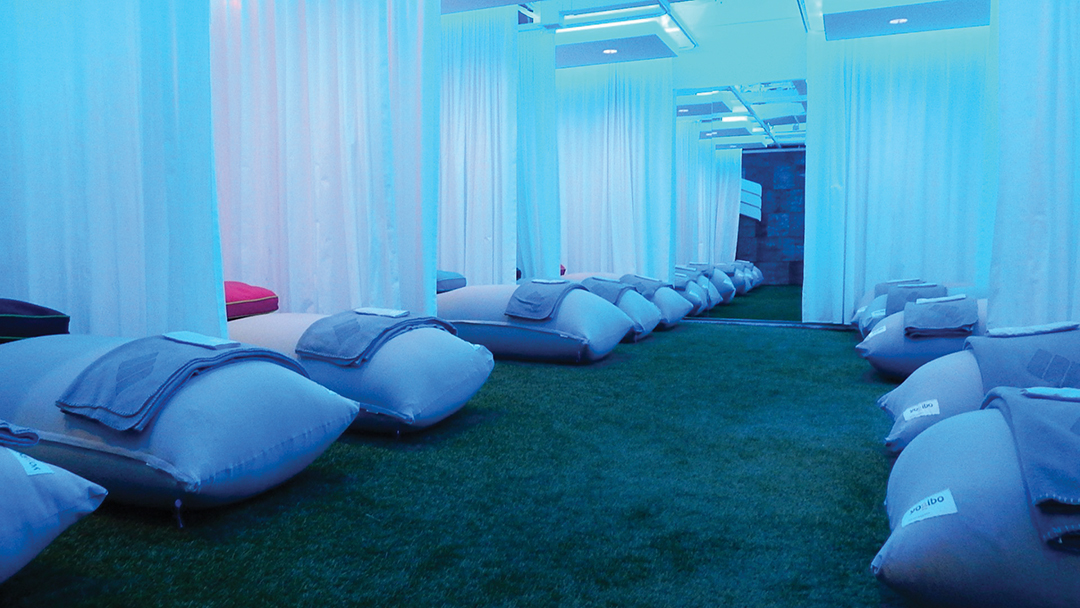
recharj – D.C. meditation room and class.
Photos courtesy recharj
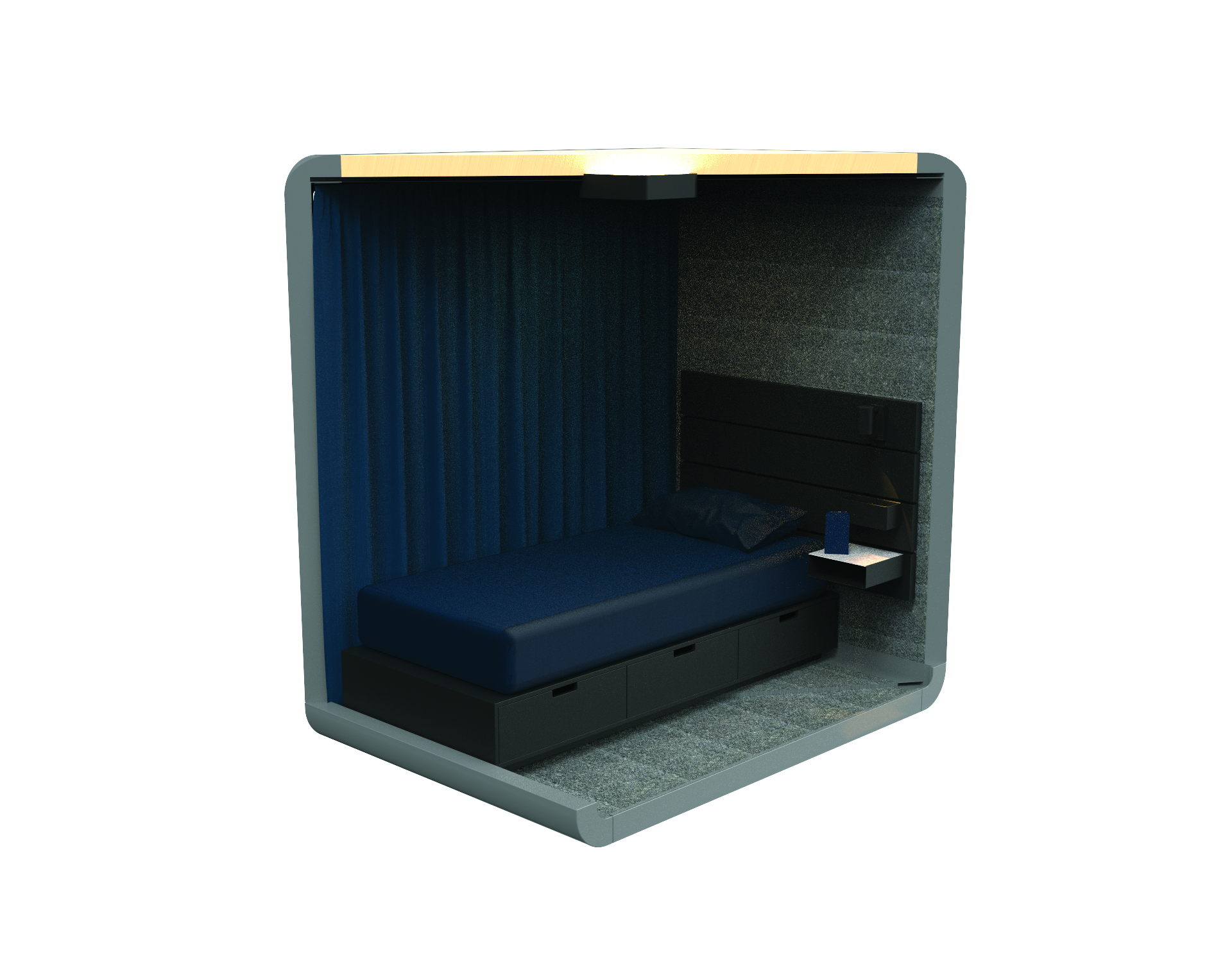
Pop & Rest sleep pod for napping.
Photo courtesy Pop & Rest.
The final sense, of touch, goes a step further, as all suites include an organic, locally sourced mattress, linens and sheets, and each room is painted with toxin-free paint. All of these inclusions are accompanied by a full-service concierge who will guide customers through the experience and help them on their wellness journey
According to Chanhsavang of Zen – Bar à Sieste, wellness is the future of humanity, a future he aims to advance with the Siesta Bar, which combines technological and traditional means of treatment for sleep deprivation. For nap services, customers can choose from a luxurious memory foam retreat, a zero-gravity massage chair or a Shiatsu bed; for aiding in relaxation and overall wellness, complimentary services include massages, virtual-reality meditation and even a fish spa.
As a meditation studio, recharj has been offering premier restorative practices to help clients, which includes the use of power naps. According to Hernandez, during open hours these power nap sessions are curated to be 25 minutes long and offered in large Yogibo chairs, a favorite for many. “A client once described them to me as if you’re laying down in a cloud,” Hernandez says, which only adds to the whole-body experience.
Binaural beats are also incorporated into the nap session, a type of music melody that registers at different frequencies that are meant to relax your body and get it ready for sleep. Overall, the studio aims to bring a sense of relaxation as well as mindfulness through meditation to its clients. “We offer workshops about mindful leadership, mindful communication and mindfulness in general,” Hernandez says, which in turn helps clients learn ways to de-stress and regain focus on whatever tasks lay ahead.
Unlike the typical fad that comes and goes, wellness is rooted in a deep need for comfort and stability. As we write this, we’re in the midst of a public health crisis, and brick and mortar locations may not be open. But there are ways to implement the wisdom of these businesses from your own home. Studios like recharj continue to offer online meditation classes, in an effort to keep a consistent schedule that is based solely on keeping well. And though the future is uncertain, businesses like Pop & Rest, Nap Bar and Zen – Bar à Sieste continue to work and create solutions for customers, from promoting online educational sessions and tips to developing applications, products and services for when businesses are fully up and running.
“Wellness is not just a fashion, but a fundamental trend in our societies,” Chanhsavang asserts. “Hopefully the nap services and related businesses will become a game-changer in the hospitality industry.”
*Source: NASA conducted a study on sleepy military pilots and astronauts and found a 26-minute nap increased productivity by 34 percent and alertness by 54 percent.
Wellness may be a hot topic, but not everyone is sure what it means.
Every year one topic seems to dominate real estate. This year it’s wellness. Yet, if you ask designers and architects what comprises wellness in he home you are apt to get a variety of responses ranging from connections to nature to spaces for meditation or yoga to air quality. Some might point to certifications such as Wellness Within Your Walls or the WELL Building Standard or biophilic design. Others say LEED and other green certifications address wellness.
“I think health and wellness is still in the ‘public education’ stage of what it means. All last year you’re hearing it more and more and more. But I still think it’s educating the designer,” and the public, says Beverly Hills designer Christopher Grubb, president of Arch-Interiors Design Group. Designers often understand the term as it applies to LEED accreditation or to aging in place, but not necessarily the overall concept.
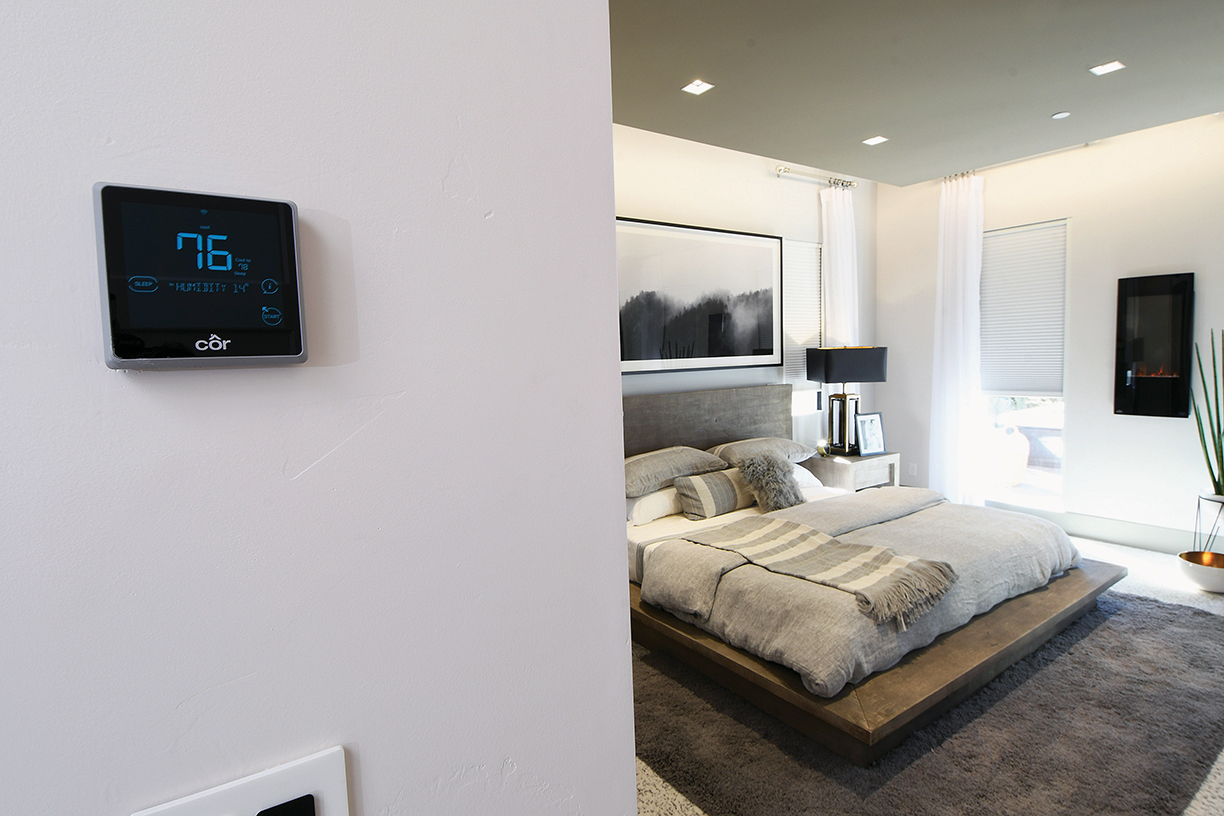
“It might mean one thing to one person and something else to another,” says designer Allie Mann with Case Architects and Remodelers in Washington, D.C., noting that some might be caught up in the movement without fully understanding it.
“I think that this is really being driven by a lot of consumer behavior. When it comes to the builder-developer world, I think our consumers are much more educated. I think they know what they want. They just don’t know how to get there,” says Angela Harris, creative director and principal of TRIO, an award-winning, market-driven, full-service interior design firm in Denver.
“Health and wellness is a new frontier for all of us, says Jacob Atalla, vice president of sustainability for KB Home. KB Home, along with Hanley Wood, KTGY Architects and Delos, a tech and wellness company, created a concept home outside of Las Vegas in Henderson, Nevada, to illustrate what a home designed with wellness as a core value looks like and how it functions. “It is the home story of the future,” he says.
Even though wellness seems to have suddenly burst onto the housing scene in the last year, the idea of connecting home to health is not new. More than 20 years ago, health issues potentially linked to building materials and toxic conditions such as black mold gained attention, giving rise to the term sick building syndrome. Since then, awareness of the relationship between the built environment and health has been growing. A decade ago, new technologies led to the development of products that either reduced the level of toxic contaminants released into the indoor ecosystem or scrubbed the air of VOCs (volatile organic compounds). Other concerns about noise, water and connections with the natural environment were also beginning to surface. At the same time, health and wellness was becoming an important value for consumers worldwide, expanding beyond fitness to include personalized medicine, mind-body connections, spa, wellness tourism and also the built environment.
By 2015, wellness had morphed into a $3.7 trillion industry worldwide, according to the Global Wellness Institute, and climbed an additional 6.4 percent annually to reach $4.2 trillion in 2017. One of the fastest growing sectors in the wellness space is a category called Wellness Lifestyle Real Estate, which includes everything in the built environment that incorporates wellness elements in design, construction, amenities and service. In addition to physical well-being, wellness real estate also addresses social wellness and mental, emotional and spiritual wellness.
The biggest difference between homes designed to promote wellness and homes that address air quality or other environmental factors that impact physical health is that wellness is integral to the design and permeates every aspect of the home from floor plan to amenities. “Overall you are programming the home to be more livable,” says Harris.
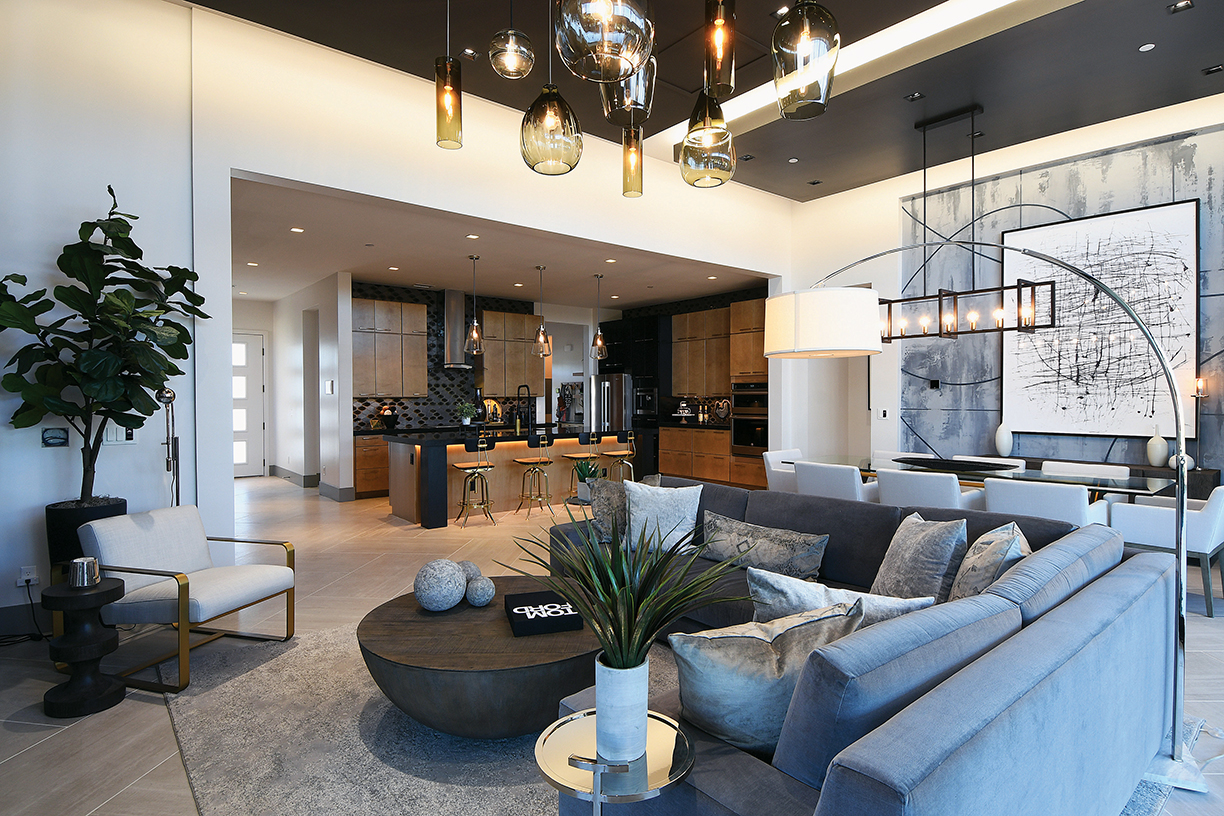
Frustrated by the lack of attention to the ways in which indoor environments influence health, Phil Scalia, a former partner at Goldman Sachs, founded the initiative that eventually became Delos, which has been on the forefront of wellness in the built environment for more than 10 years. In 2014, Delos established the WELL Building Standard, which was initially applied to commercial buildings. Over 1,200 projects in 45 countries, across over 250 million square feet of commercial real estate, fall under the WELL umbrella. The WELL standard focuses on seven categories of building performance: air, water, nourishment, light, fitness, comfort and mind. Additionally, it takes connections between a building and the surroundings into consideration.
During groundbreaking work on EcoManor, the first LEED Gold certified single-family residence in the U.S., designer Jillian Pritchard Cooke discovered that both consumers and design and construction professionals lacked accurate information on how to reduce toxins in the interior environment. That was the inspiration for Wellness Within Your Walls, another wellness certification that offers education on building and designing healthier interior environments. The focus is on materials both for construction and also furnishings and finishes.
Another more recent wellness initiative centers around the principles of biophilic design and the benefits of bringing natural elements into buildings. In 2016, Amanda Sturgeon, a biophilic design expert and CEO of the International Living Future Institute spearheaded the Biophilic Design Initiative. In addition to designers, builders and architects, current proponents include tech companies who have added natural elements to buildings to increase productivity and reduce stress for workers.
This year, it’s fair to say wellness is coming home as attention shifts from commercial to residential applications. The KB ProjeKt Home takes wellness in residential structures to the next level. Not only are established practices regarding connections with the outdoors, indoor toxins and air quality embedded in the design, but a synergy with smart home tech transforms wellness from a passive attribute into one that is active.
“The motivation was to examine how we can make the home healthier and at the same time how do we engage that home in partnering with the occupants, with the people living in it, to enhance their health and wellness or engage them in making the environment they live in better. We know that about 90 percent of our lives are spent indoors, and a lot of that indoor living is in your own home,” Atalla explains. Recent research from Hanley Wood shows that homeowners believe housing is essential or extremely important to good health, and two-thirds say the right housing environment could cut annual medical costs by 40 percent.
Central to the home’s wellness quotient is an innovative smart system, dubbed DARWIN, developed by Delos. This first of its kind, home wellness intelligence network constantly monitors the home environment and interacts with and adjusts systems in the home as needed. A network of sensors built into the walls — there are nine in the ProjeKt Home — constantly tests air quality.
If it detects problems with air quality, containments or chemicals from everyday products, DARWIN directs the climate control systems to bring more fresh air to that room. Water quality is also monitored, and purified water is delivered to every fixture in the home. “You have a wellness intelligence system that is constantly doing things on your behalf to increase your wellbeing,” says Atalla.
The system also monitors the plumbing system and alerts homeowners to leaks. Sleep is an important wellness component and the master bedroom in this home is primed to promote slumber. Special noise-damping drywall ensures quiet. Motorized shades block out exterior light. “Total quietness, total darkness, and circadian rhythms help you sleep,” adds Atalla.
Lighting is another mainstay of wellness formulas, both natural light from large windows and expanses of glass as well as interior lighting keyed to circadian rhythms. DARWIN adjusts lights to match the time of day. But what makes this function more worthwhile is the homeowner can change the lighting to produce a desired effect, which means the lights can create an energizing morning environment even if morning comes at 5 a.m. on a stormy day.
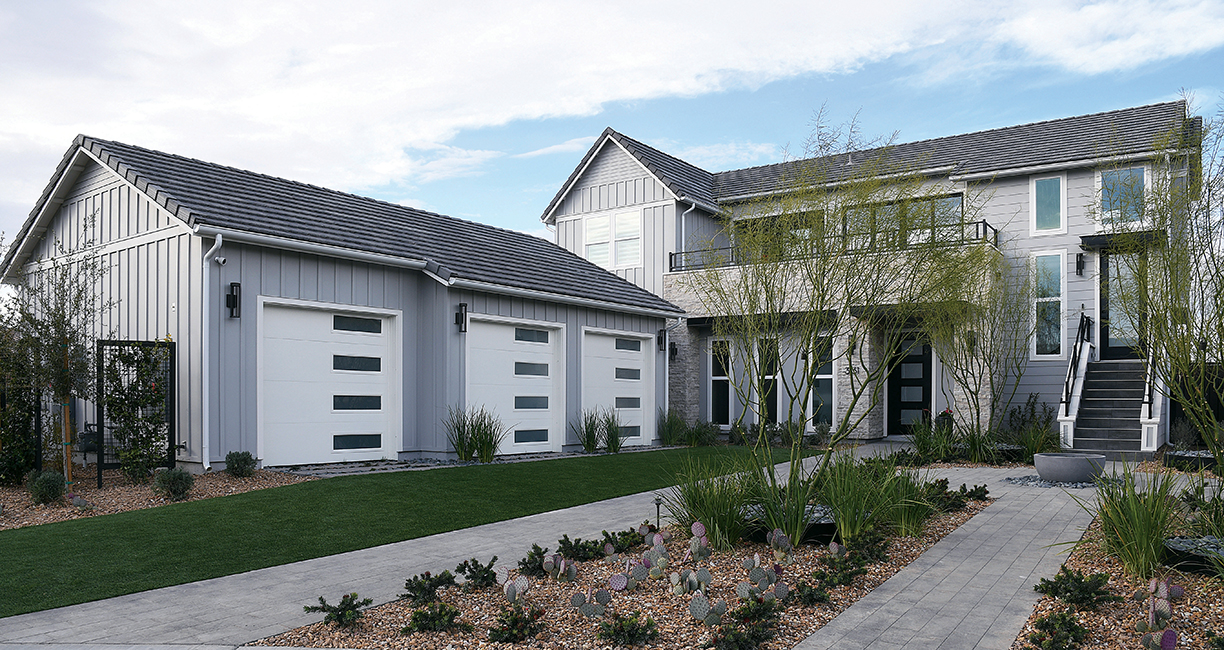
A living garden wall enables the home to grow herbs and microgreens. Turning the home and kitchen into a place to produce healthy food is an emerging area of innovation for kitchens.
Social interaction is another wellness component, and community design increasingly takes social interaction into account with spaces such as walking trails, parks and coffee houses designed to encourage interaction and encounters among residents as part of everyday life.
It might seem like a big jump to add wellness to typical new homes, particularly production homes, but Atalla says the KB ProjeKt Home is an example of what can be done. Additionally, Harris says it’s often an easy tweak to add features such as water filtration in the kitchen and master bath. “That doesn’t cost a whole lot. And again, I think it’s just about livability and how you’re programming your floor plan to be more livable.”
Looking ahead, most research points to continued growth of the wellness economy, with new initiatives approaching wellness from the perspective of design, construction, materials and function. There are now more than 740 wellness real estate and community developments built or in development across 34 countries — a number that grows weekly according to the Global Wellness Institute.
Right now, the $134 billion wellness real estate market is about half the size of the global green building industry and projections call for the pace to continue. “But the wellness market isn’t just growing, it’s extremely dynamic. We believe that the three sectors that represent the core spheres of life will see the strongest future growth — wellness real estate, workplace wellness and wellness tourism — while other sectors will also grow as they support the integration of wellness into all aspects of daily life,” says Ophelia Yeung, senior research fellow, GWI.
According to The Global Wellness Institute in 2017, travelers took 830 million wellness trips — 139 million more than in 2015. As one of the fastest-growing travel trends, wellness travel currently represents 17 percent of total tourism expenditures. As people worldwide embrace their own health and wellness destinies, Health and Fitness Travel (a company that specializes in wellness-based vacations) predicts that Nature Immersion Getaways will be an emerging trend in 2019.
From Belize, Canada to Japan, here are a few of the top destinations across the world that allow visitors the chance to focus on their health and wellness — whether it’s reducing stress, staying active, connecting with their emotions, or indulging on the thrill of a lifetime.
Ambergris Caye, Belize
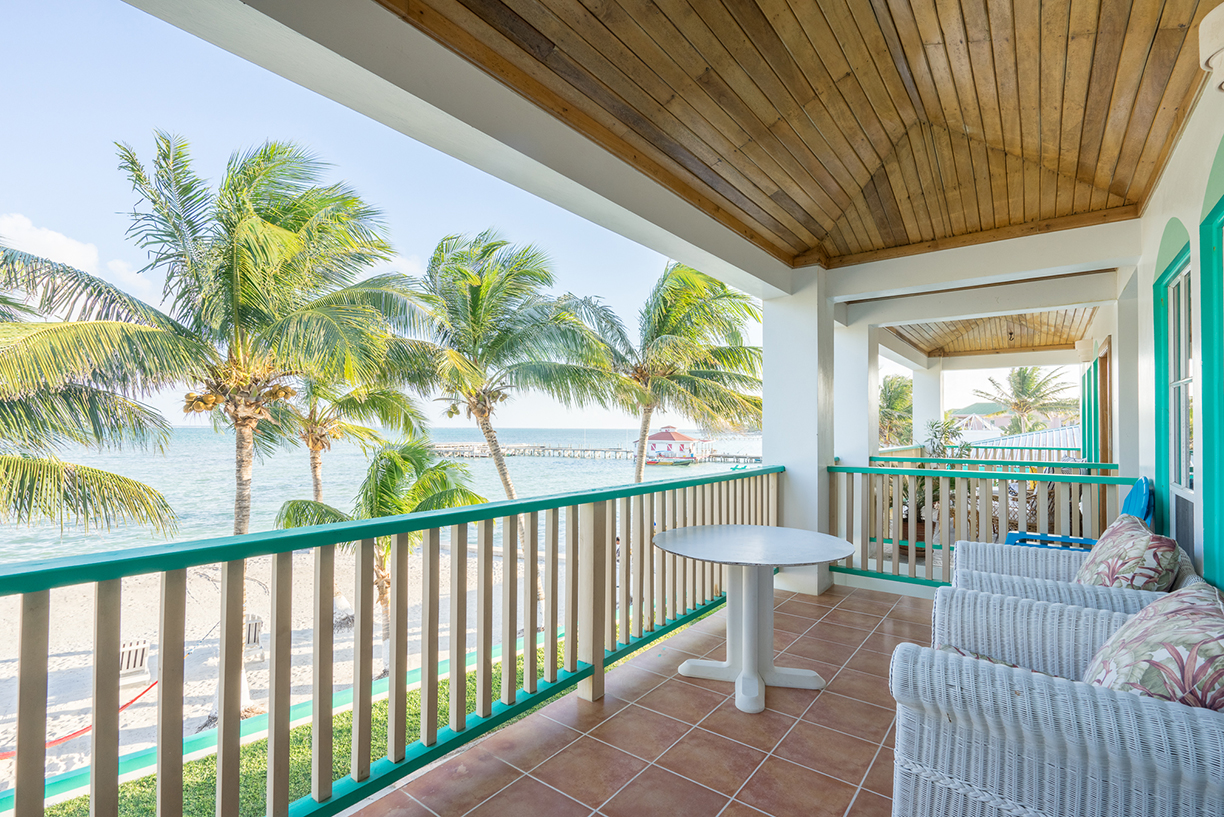
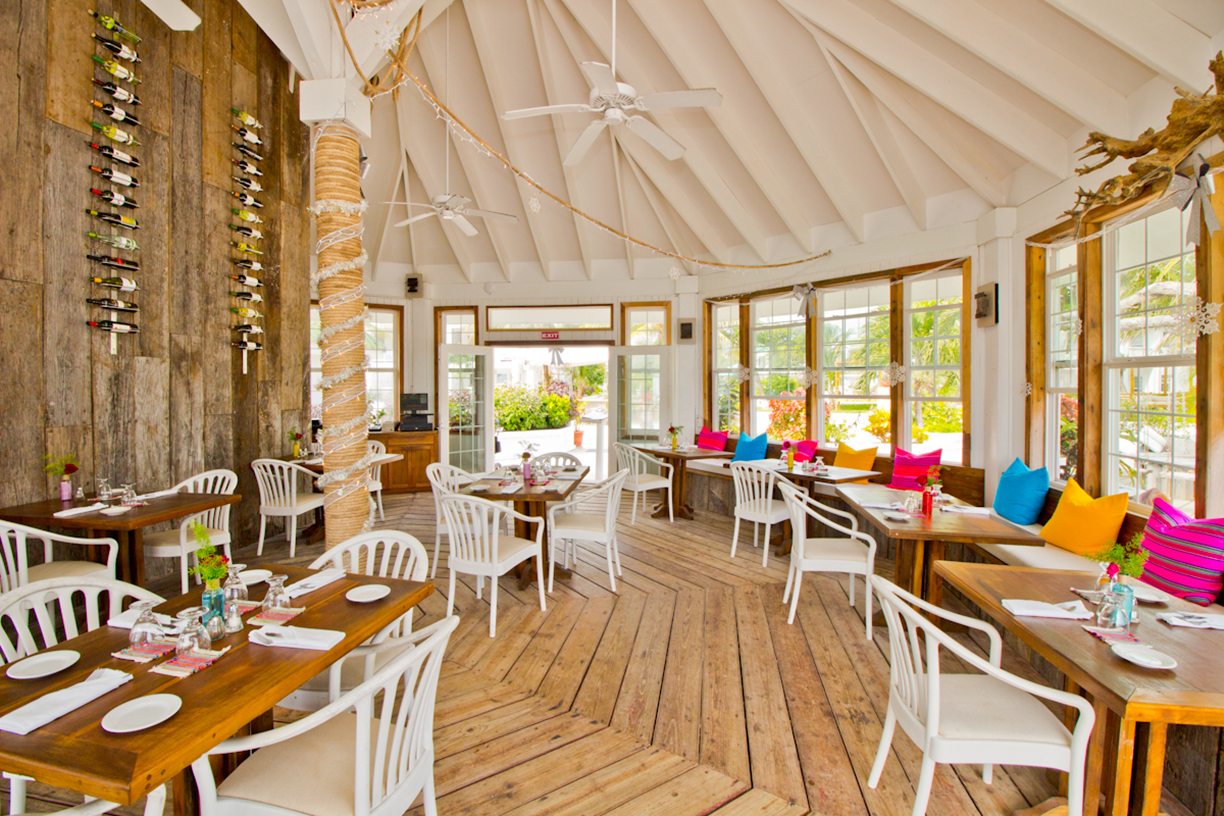
Banyan Bay Suites
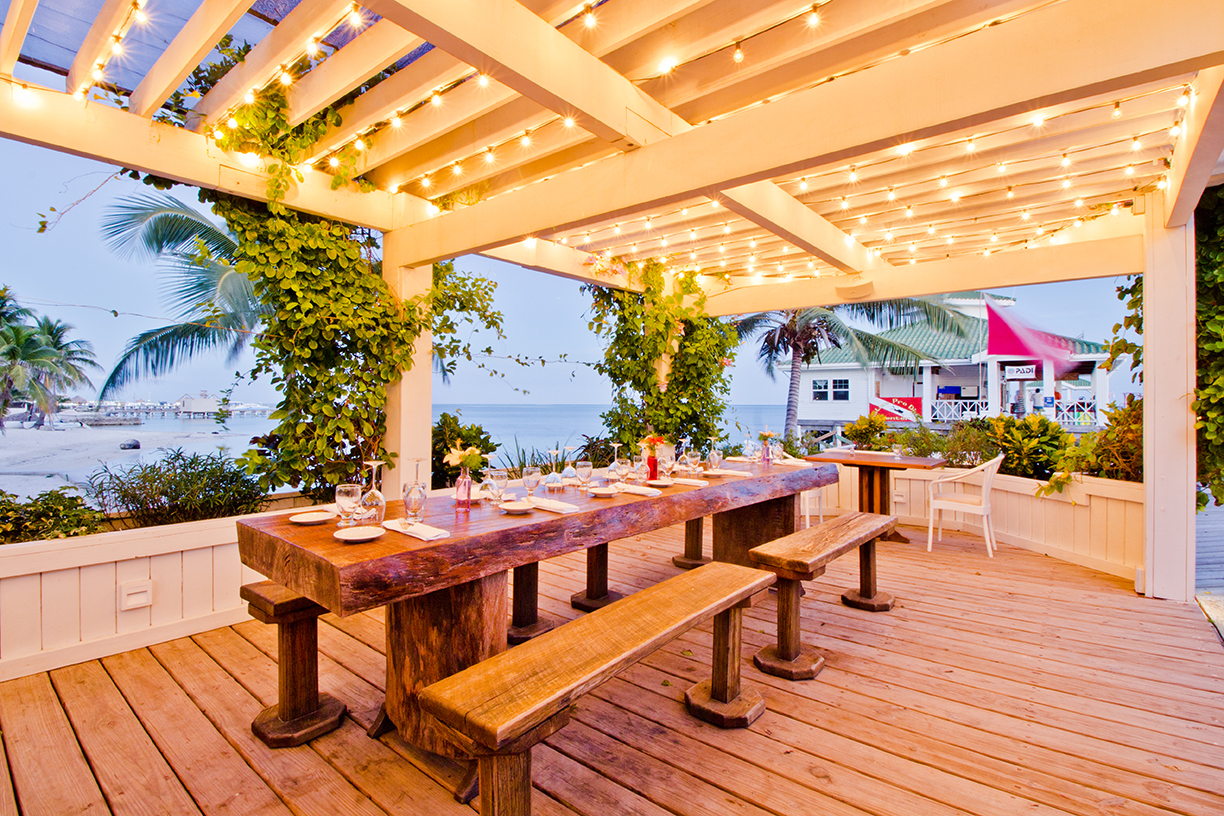
Home to the largest barrier reef in the northern hemisphere, Ambergris Caye is a perfect destination for scuba diving and snorkeling. The Great Blue Hole allows visitors the chance to witness offshore atolls, several hundred sand cays, mangrove forests, coastal lagoons and endangered species. Travelers who would like to stay above water can visit the ancient caves, zipline through the Mayflower Bocawina National Park, or visit the stunning Mayan temples.
Where to Stay:
Travelers who would like to explore Belize’s natural underwater beauty, can stay at Banyan Bay Suites or Grand Colony Island Villas — before the highly anticipated opening of Alaia Belize.
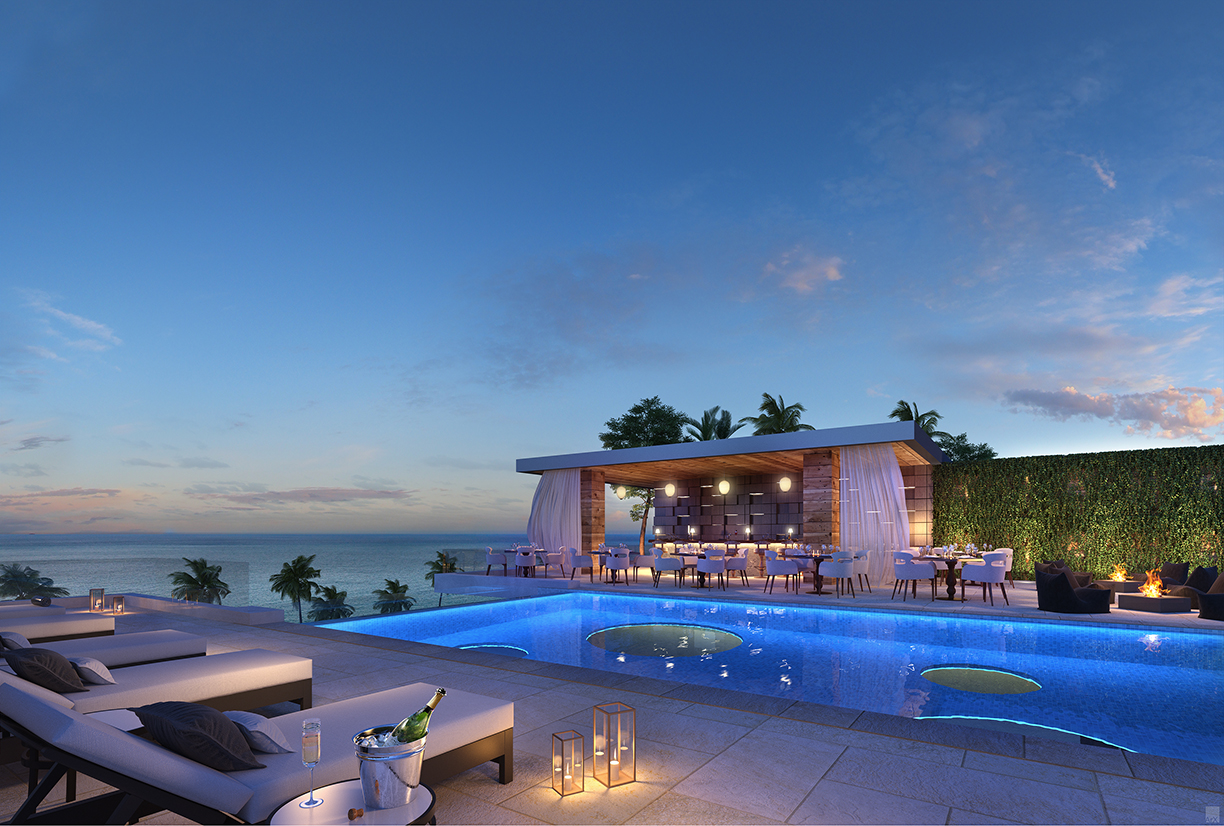
Alaia Belize

Bristol, Virginia
Just moments from the world’s most sought-after adventure destinations, Bristol is a go-to destination for nature-loving travelers. For those looking to go off the grid for a bit, the scenic small town is in close proximity to the Appalachian Trail, where visitors can enjoy a day hike on one of the trail’s challenging paths or a rugged adventure through the ancient Bristol Caverns.
Where to Stay:
After a long adventurous day in the outdoors, guest can kick back and relax at the recently opened The Bristol Hotel.
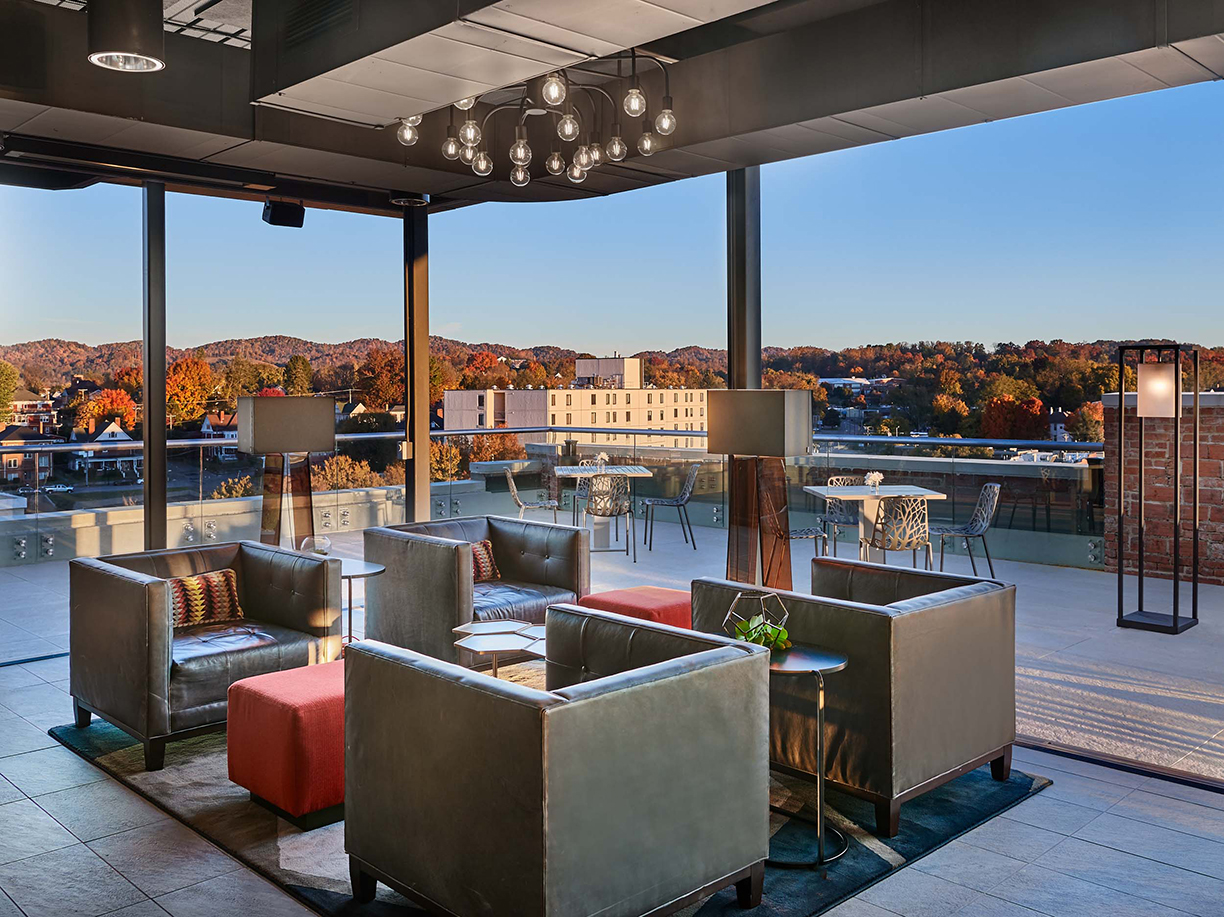
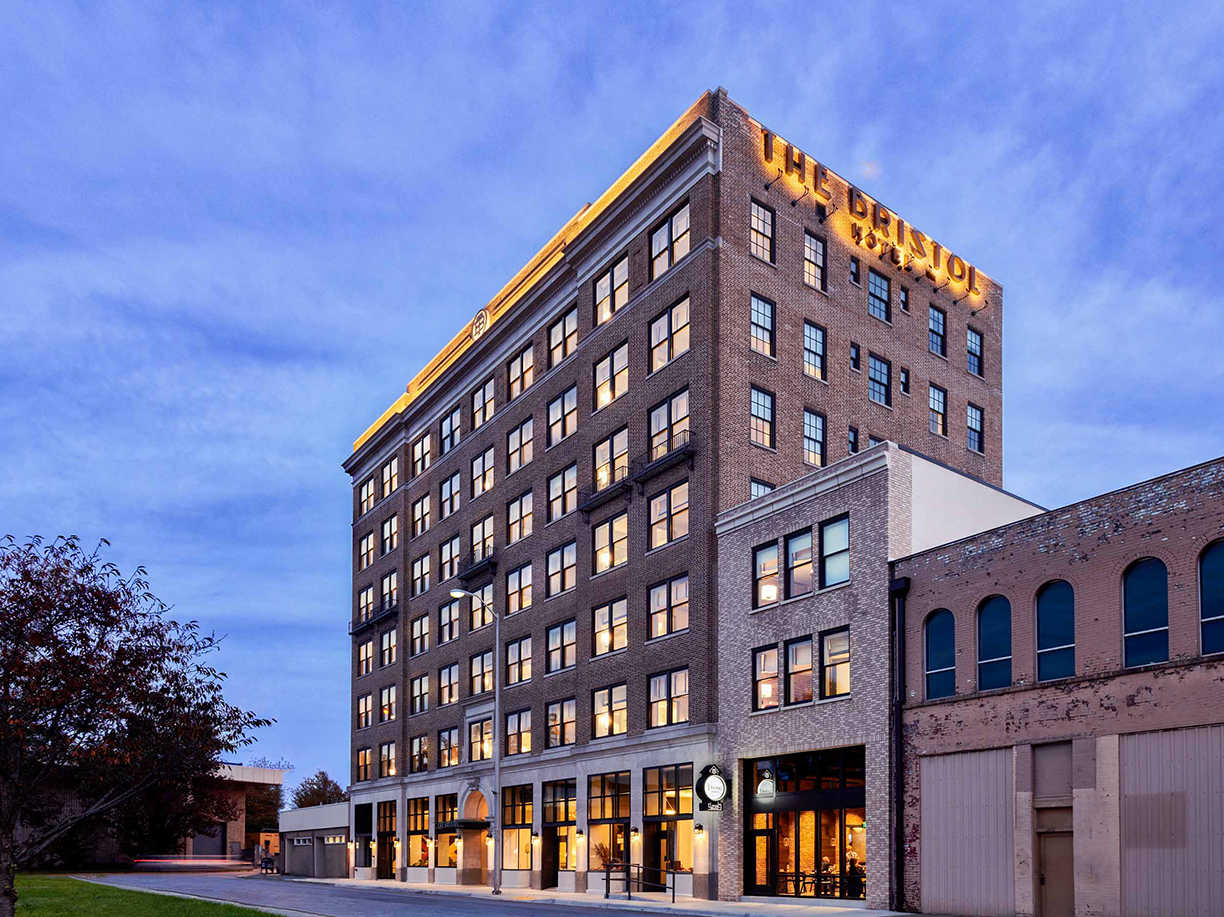
Asheville, North Carolina
Tucked away in the Blue Ridge Mountains, Asheville is a hip, thriving mountain city offering a near-perfect blend of natural beauty and quirky culture in the heart of Southern Appalachia.
Hike through the Great Smoky Mountains, take a day trip to the legendary Biltmore Estate or walk through Asheville’s Botanical Gardens.
Where to Stay:
Guests looking for a serene retreat after a thrilling hike can book a room at The Foundry Hotel, the city’s newest boutique hotel.
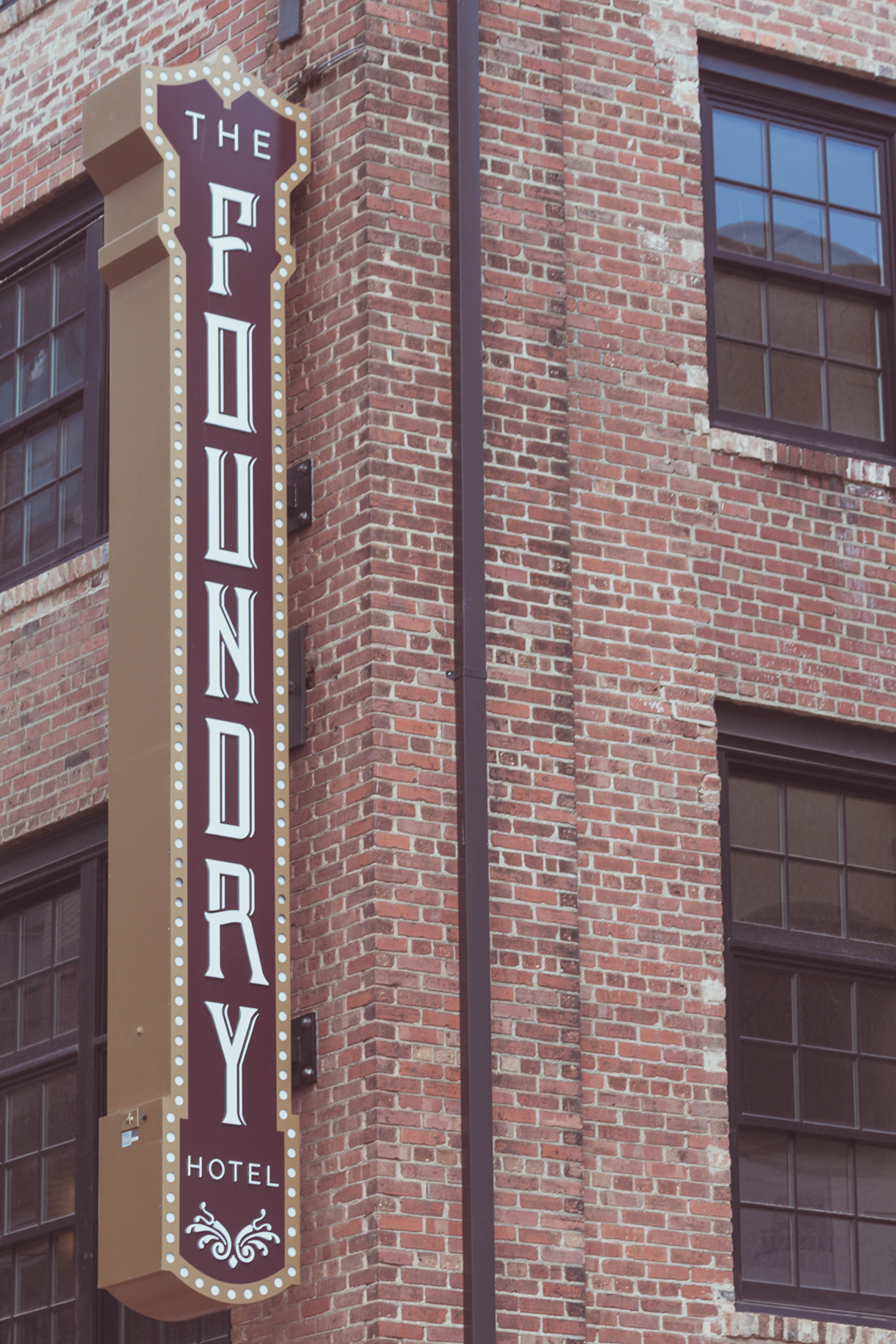
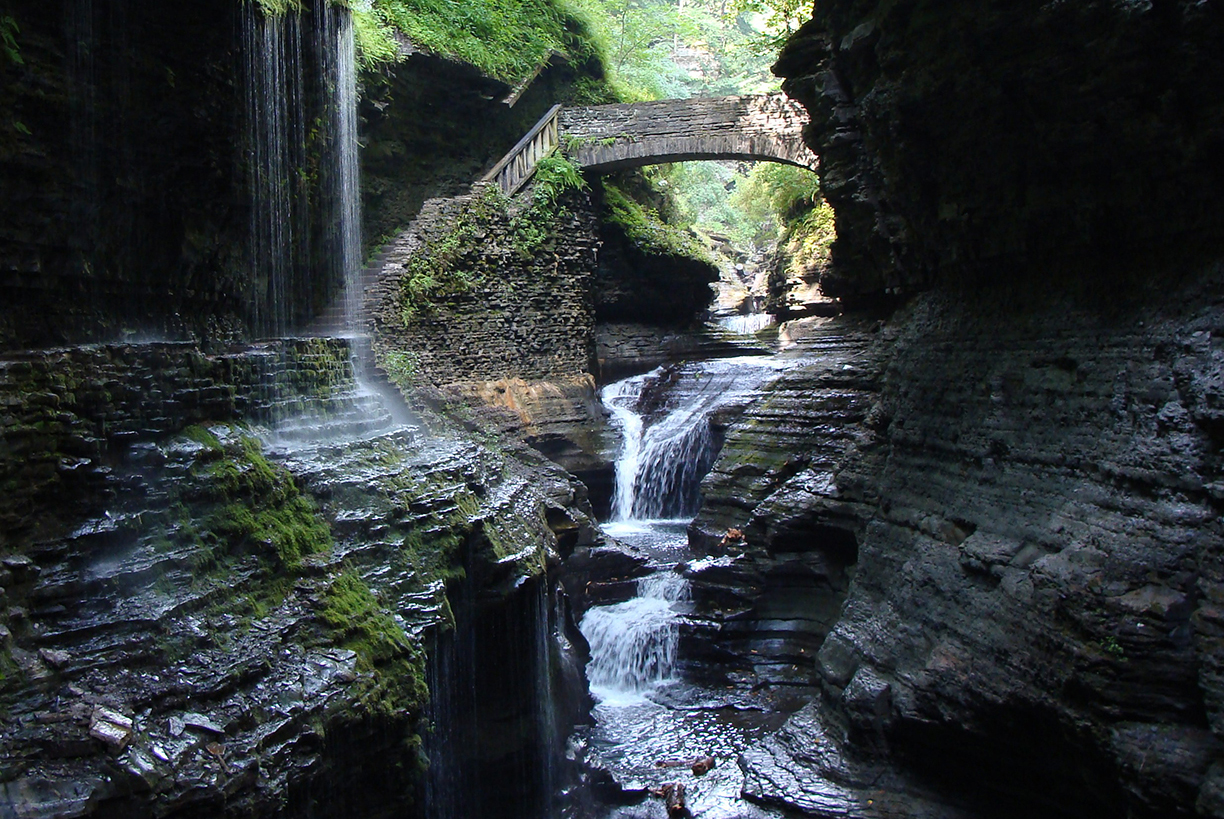
Where to Stay:
At any of the three elevated camping options in the safari tents at Seneca Sol, in the tents with hardwood floors and covered porches at Firelight Camps, and in the Sioux style teepees at Mountain Horse Farm.
Finger Lakes Region, New York
Travelers can hike or hot air balloon over the “Grand Canyon of the East,” stroll past 19-plus waterfalls, book a silent retreat at a monastery, take Wilderness Survival Training, engage in cow cuddling and horse therapy sessions, zip line and ride a mountain coaster through the wild, or air glide over vineyard-dotted valleys.
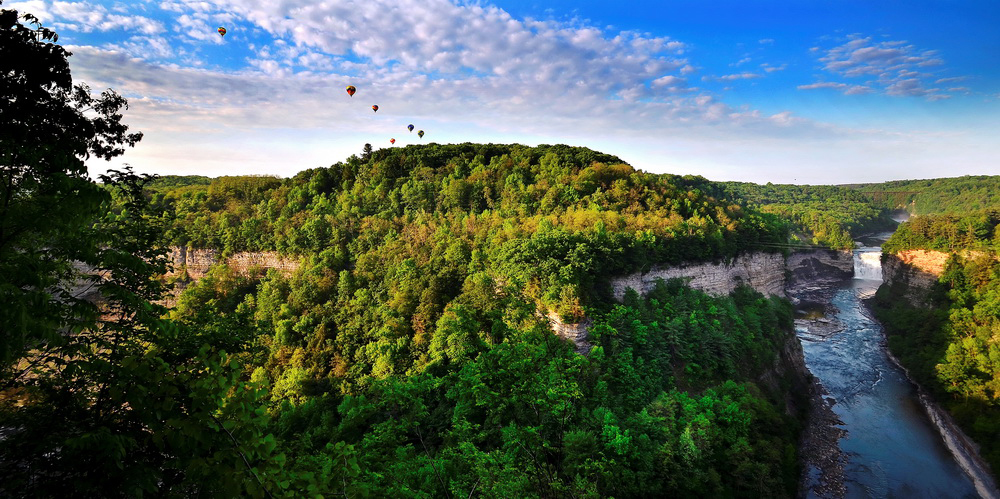
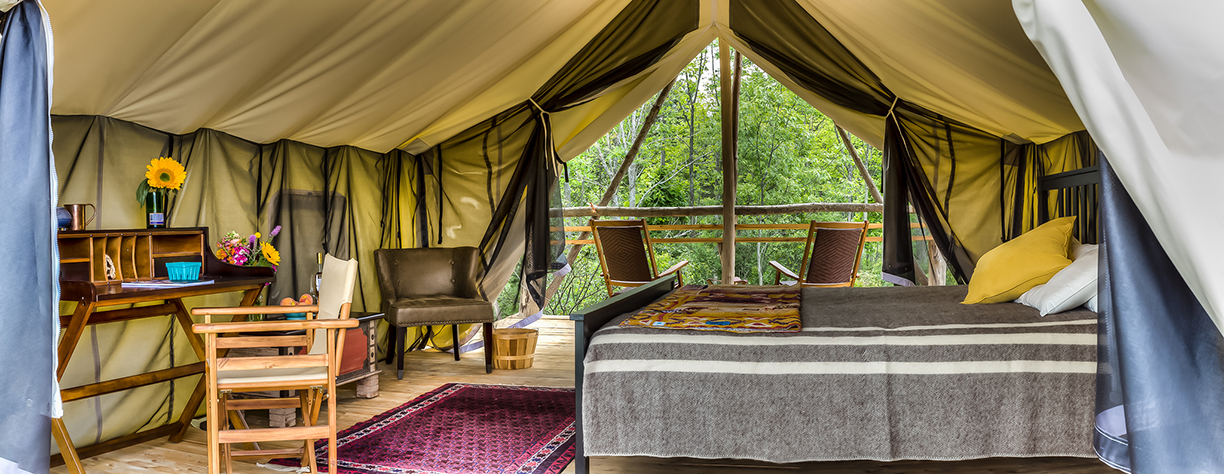
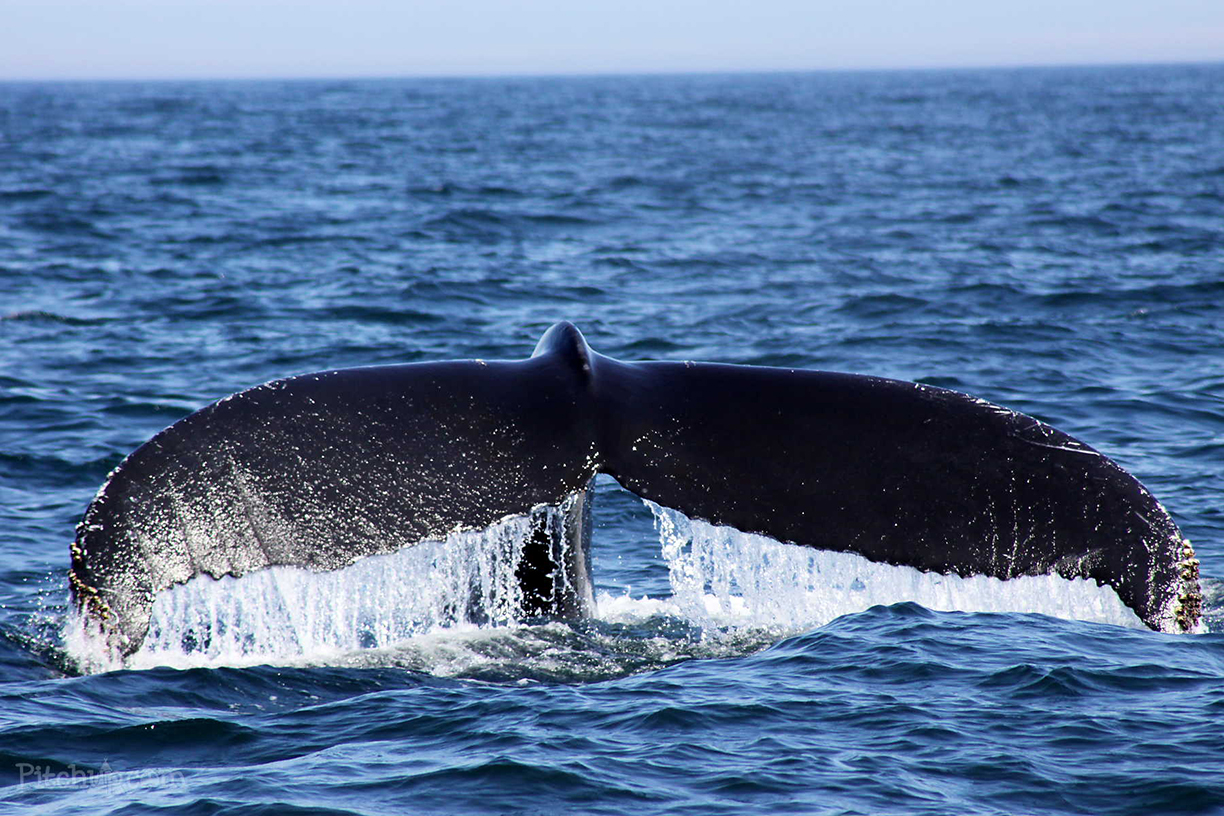
Nova Scotia, Canada
Whale watching reigns supreme in this Canadian region, and guests of Whale Cove Campground in Digby are afforded the luxury of discounts on nearby whale watching boat excursions. For visitors who want to be totally immersed in nature, there are plenty of beaches and birdwatching in the area as well, along with the natural phenomenon Balancing Rock, which appears to defy gravity and “float” above the natural rock formations that line the sea.
Where to Stay:
Whale Cove Campground, a stunning seaside campsite.
Montego Bay, Jamaica
Home to breathtaking natural wonders like Mystic Mountain, Dunn’s River Falls and the Martha Brae River, wellness seekers can hike, raft, zip line and even bobsled their way through Jamaica’s stunning northeast coast.
Where to Stay:
Combining local island ingredients with ancient Jamaican healing rituals, guests may choose to stay at Jewel Grande Montego Bay Resort & Spa.
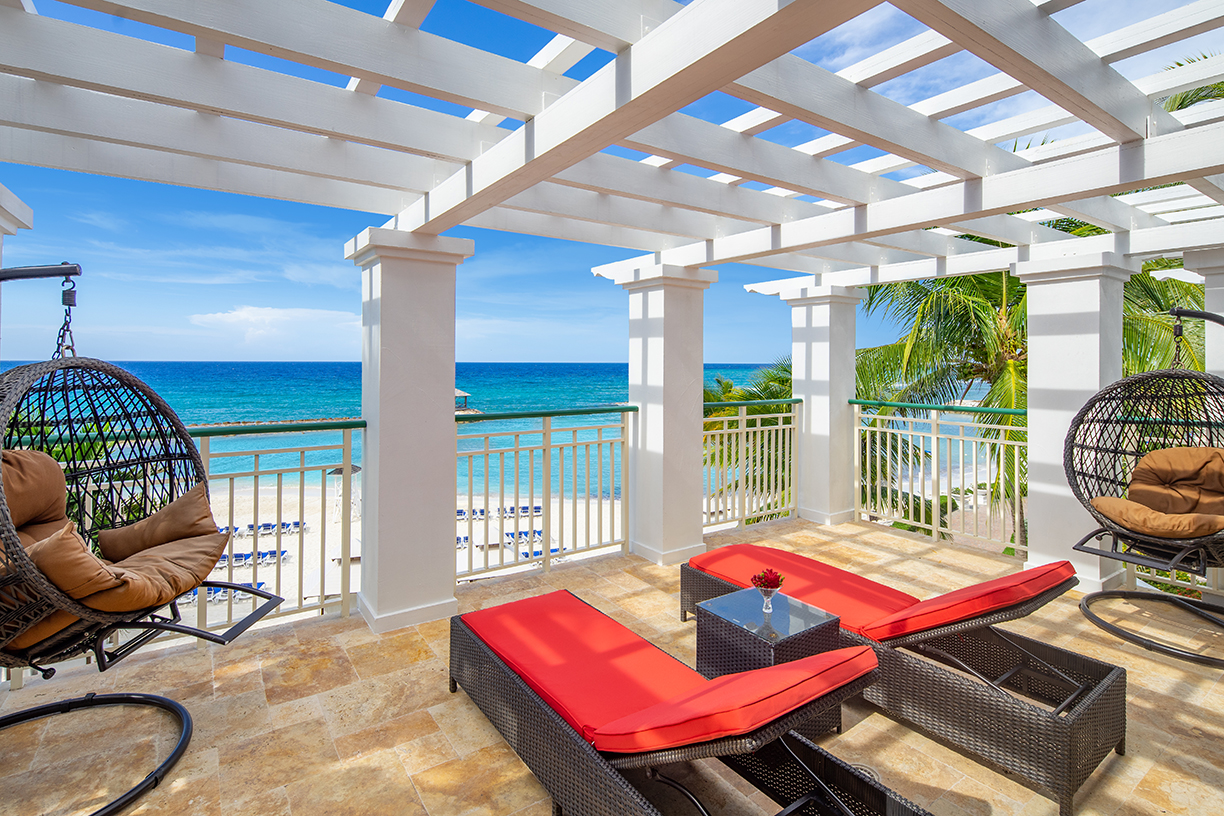
Islamorada, Florida
Nicknamed the “Sport Fishing Capital of the World,” Islamorada is the epicenter of Florida’s most vibrant ocean activities, as diving and snorkeling enthusiasts from all over the world flock to Islamorada to explore the dynamic reef line.
Where to Stay:
Situated on a former coconut plantation with one of the largest private white sand beaches in the region, The Moorings Village is a luxury resort with 18 West Indies-style villas.

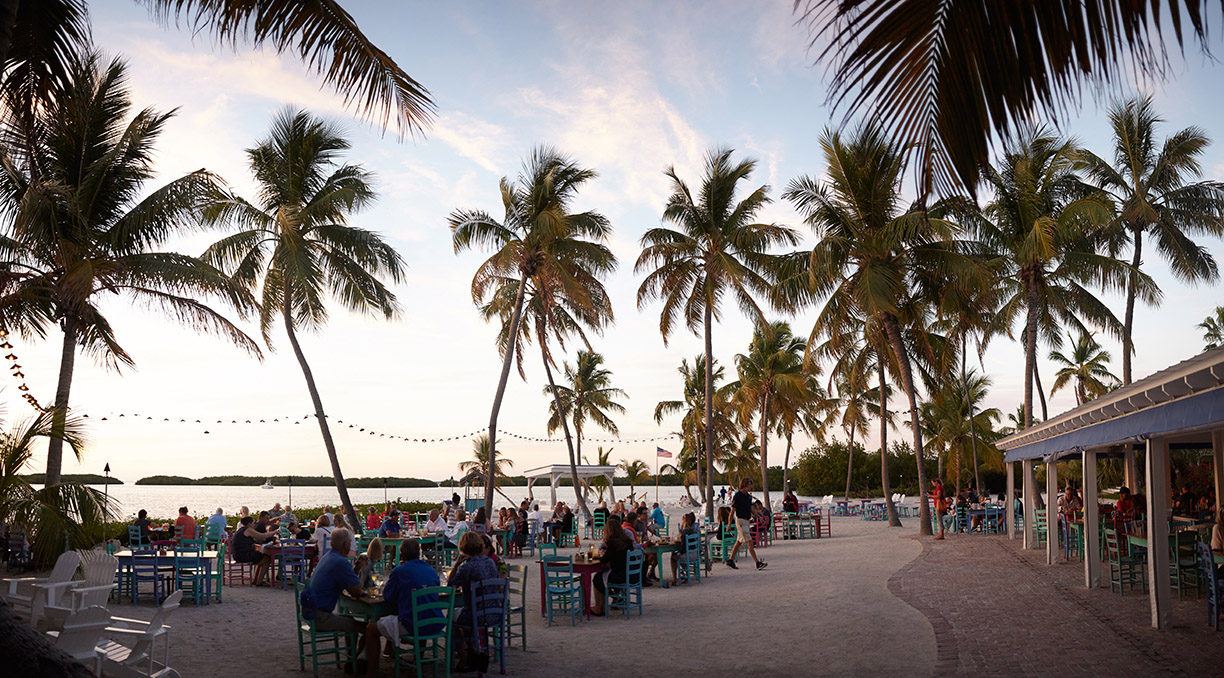
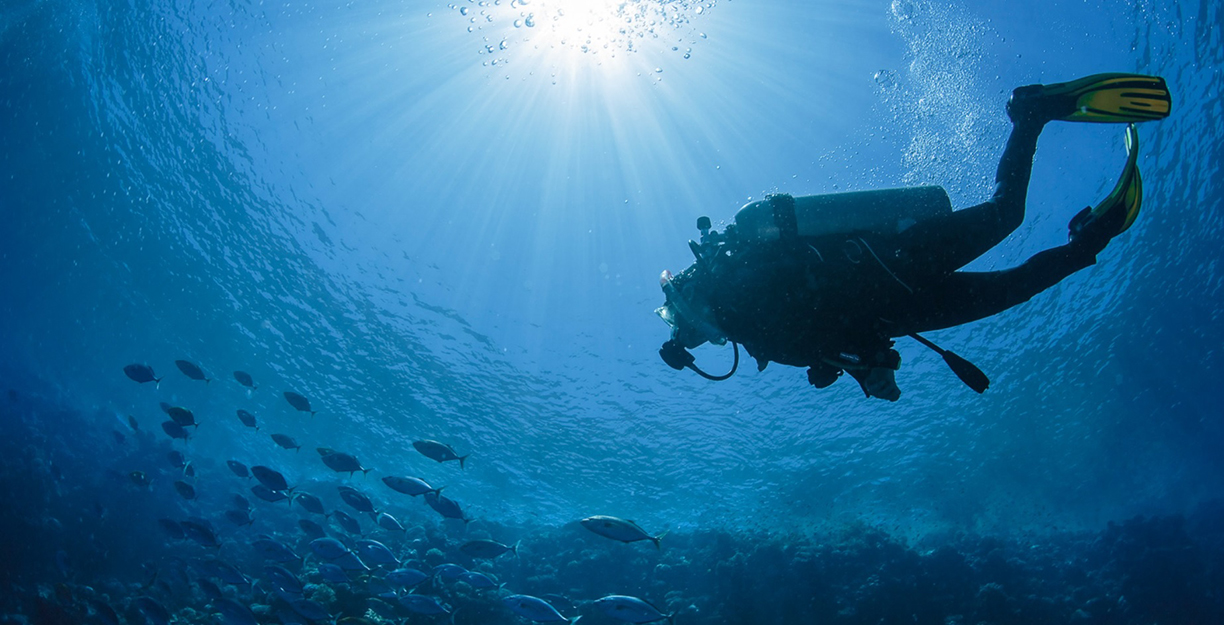
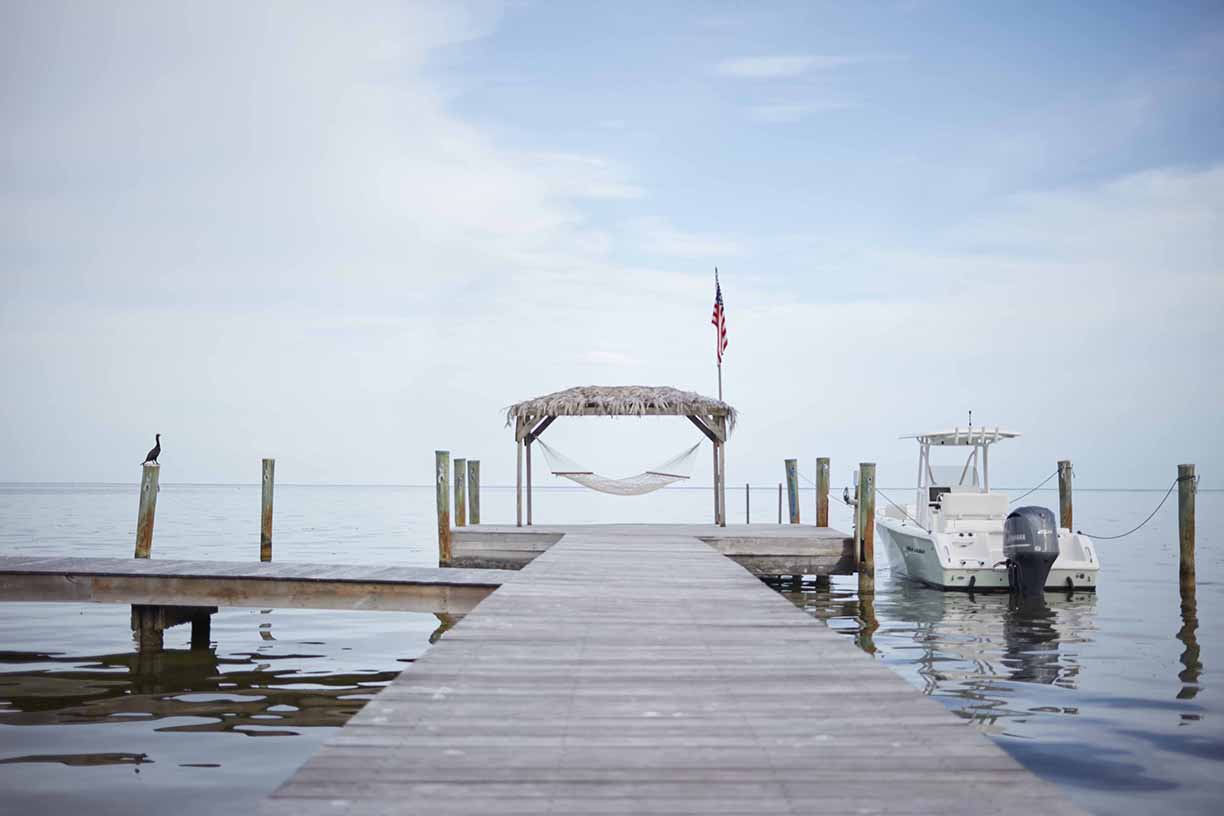
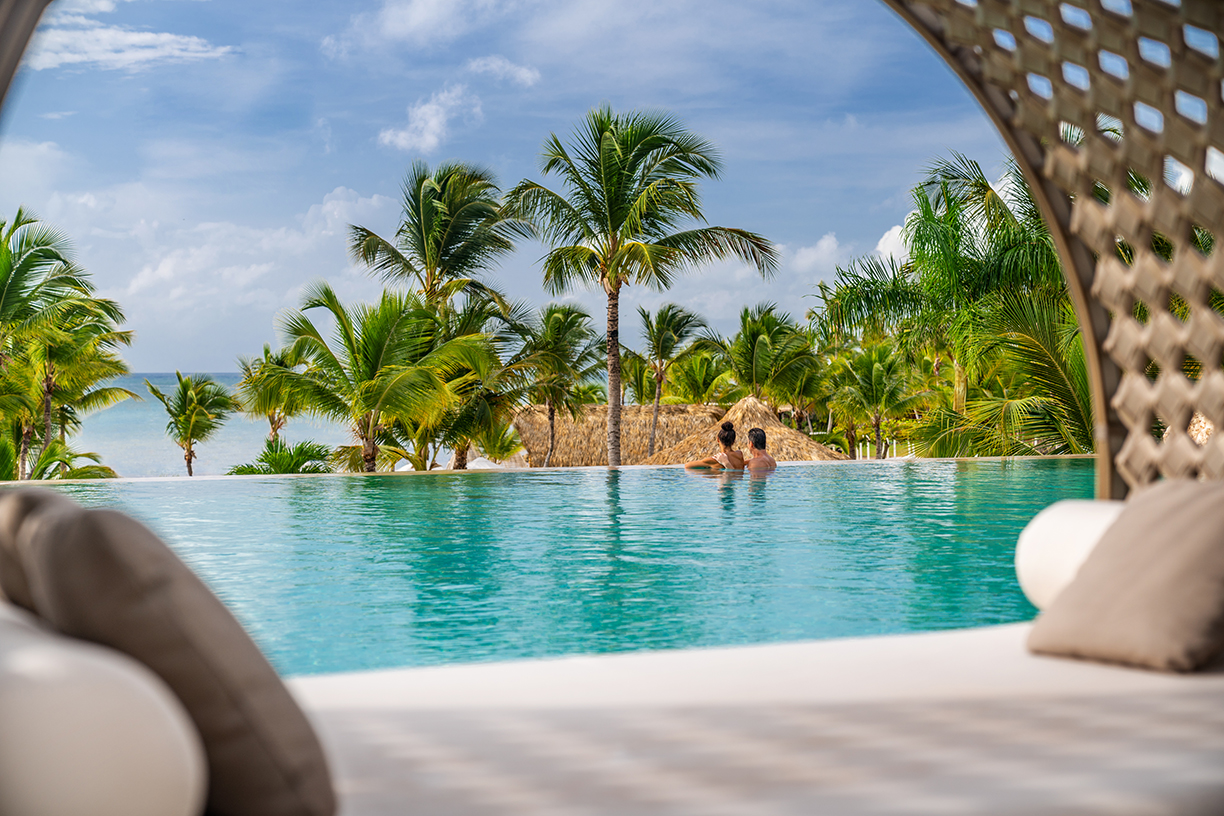
Punta Cana, Dominican Republic
Visitors will have access to the underground tunnels at Iguabonita Cave, a Zip Line Eco Adventure, the secluded Juanillo Beach, the Sunshine Cruise catamaran, the sinkhole at Cenote Indigena Las Ondas, horseback riding and Sanctuary Spa’s new ZEN garden.
Where to Stay:
The newly reimagined, adults-only Sanctuary Cap Cana resort, which offers 20 tropical acres.
Iya Valley in the Setouchi Region of Japan
Travelers who need a quiet escape from their busy lives can immerse themselves in the Iya Valley. Known for its stunning landscapes and outdoor wonders, the Iya Valley offers quiet yet dramatic mountain valleys and gorges, sometimes called “Japan’s Grand Canyon.”
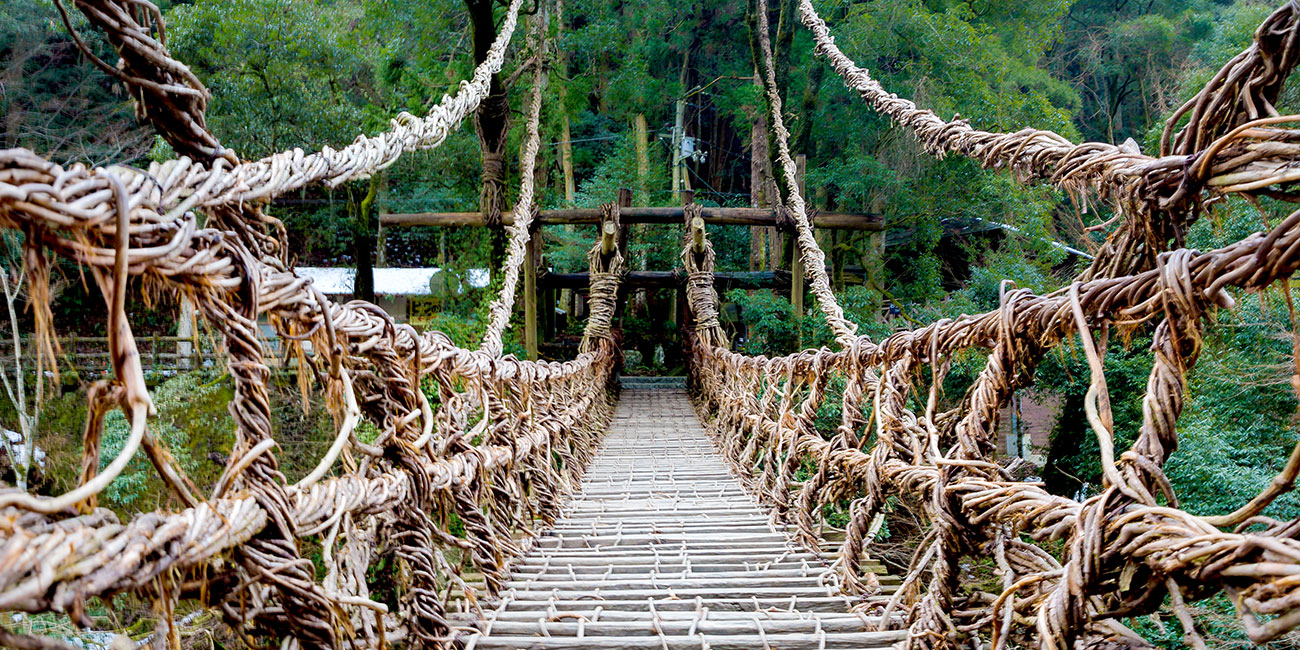
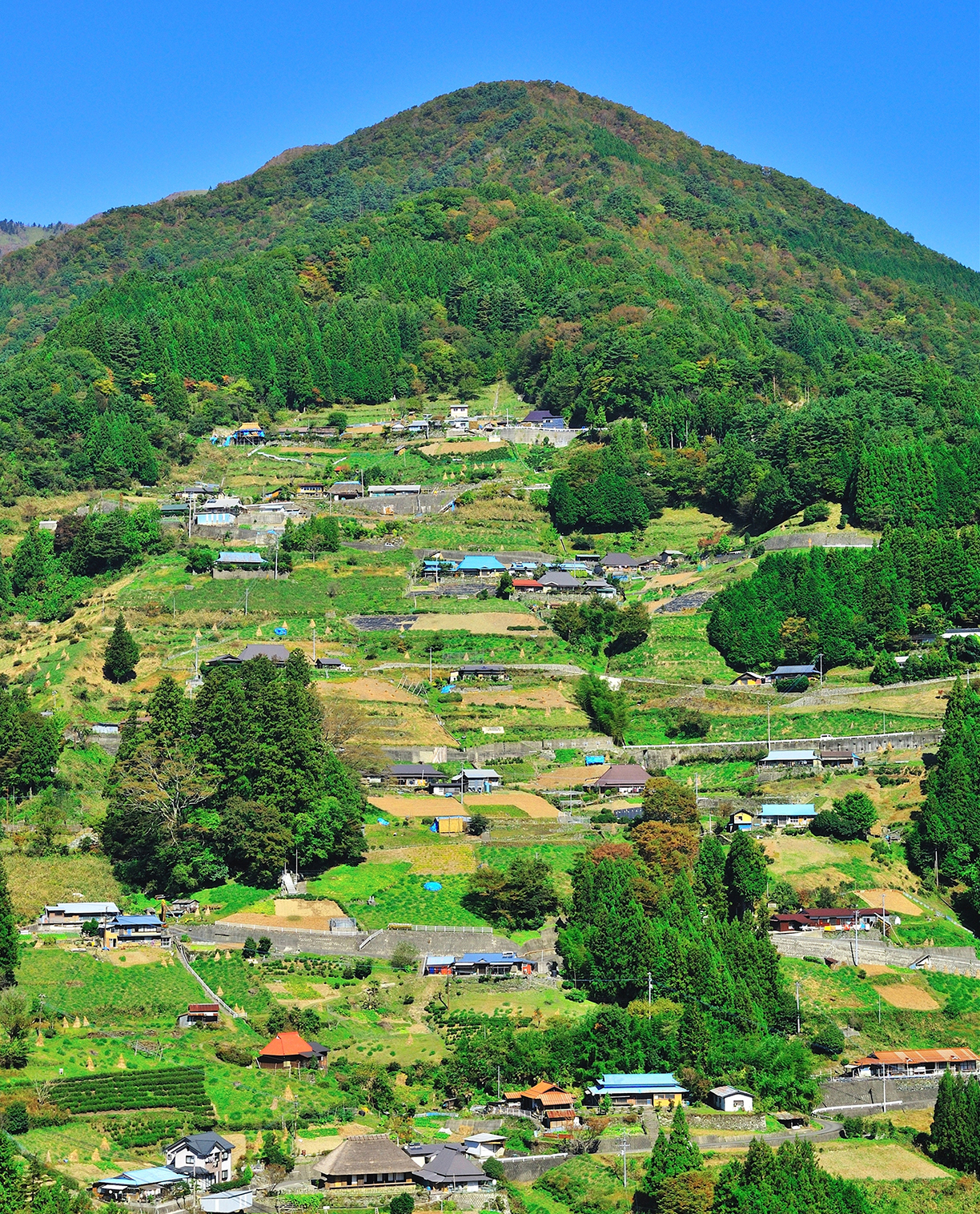
Where to Stay:
The Togenkyo Iya Farmhouses offer private accommodations and offer a way for travelers to experience traditional life in the Iya Valley.
From healthy food and exercise to spa treatments and spiritual guidance, wellness tourism is putting health and well-being at the center of travel.
By Alyssa Gautieri
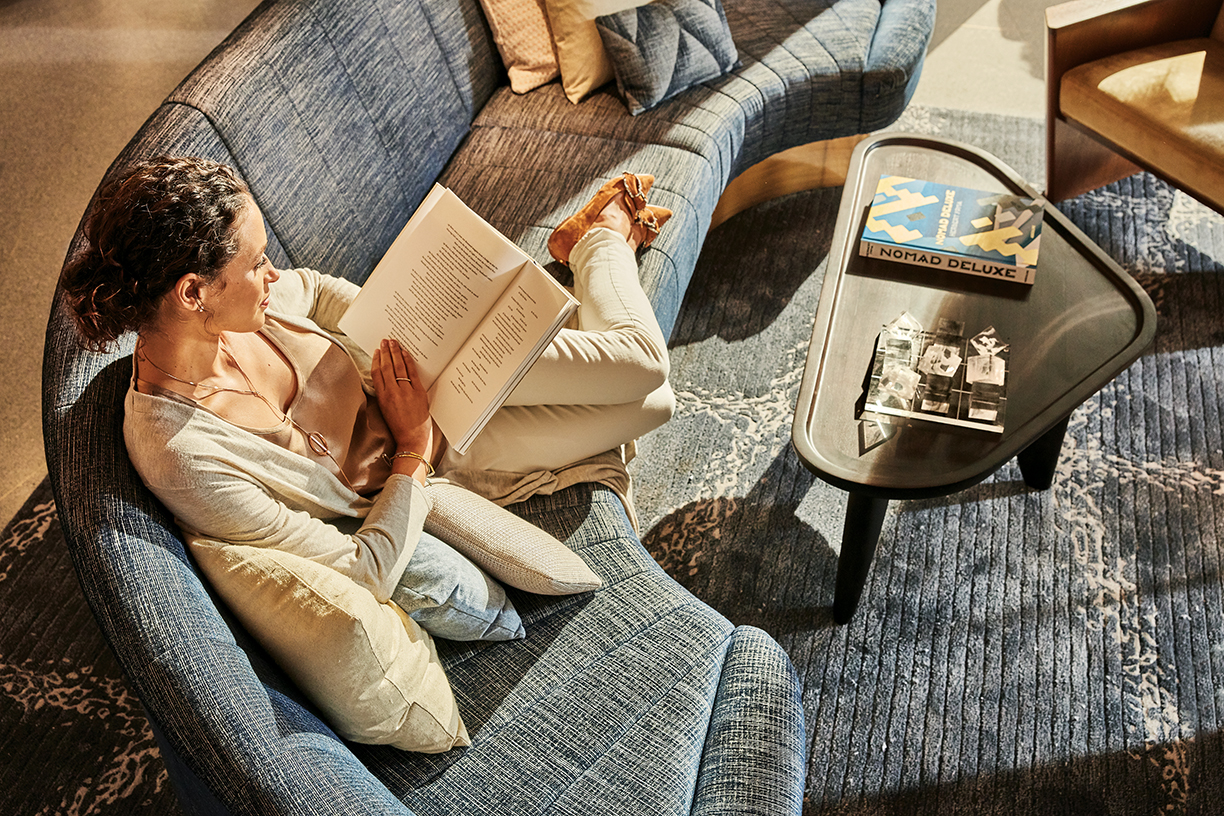
Photo courtesy of The James Hotels
Whether a hotel, resort or apartment complex, health and wellness amenities are in higher demand than ever from tourists seeking to enhance themselves physically, psychologically and spiritually.
According to the Global Wellness Institute (GWI), a non-profit organization for the wellness industry, the wellness economy grew by 10.6 percent between 2013 and 2015. Wellness tourists spent about $563 billion in 2015, and the GWI predicts the total expenditure of wellness tourists will grow by another 43 percent between 2015 and 2020.
Curated exclusively for guests of The James Hotels, Four Bodies Wellness perfectly embodies the idea of wellness tourism. The in-room wellness program was designed to help balance all four bodies — physical, mental, spiritual and emotional.

Photo courtesy of The James Hotels
Whether guests feel stressed, disconnected or lacking inspiration, the four partners of the Four Bodies Wellness have curated offerings specifically catered to each area of the body.
From in-room TV Kundalini Yoga sessions, one-on-one sessions with intuitive counselors to in-room TV workout sessions, collaboration among the four partners has led to the creation of a holistic experience. “To feel really well, we need to think about all of the different areas of our well-being,” says Ruby Warrington, the curator of the emotional program.
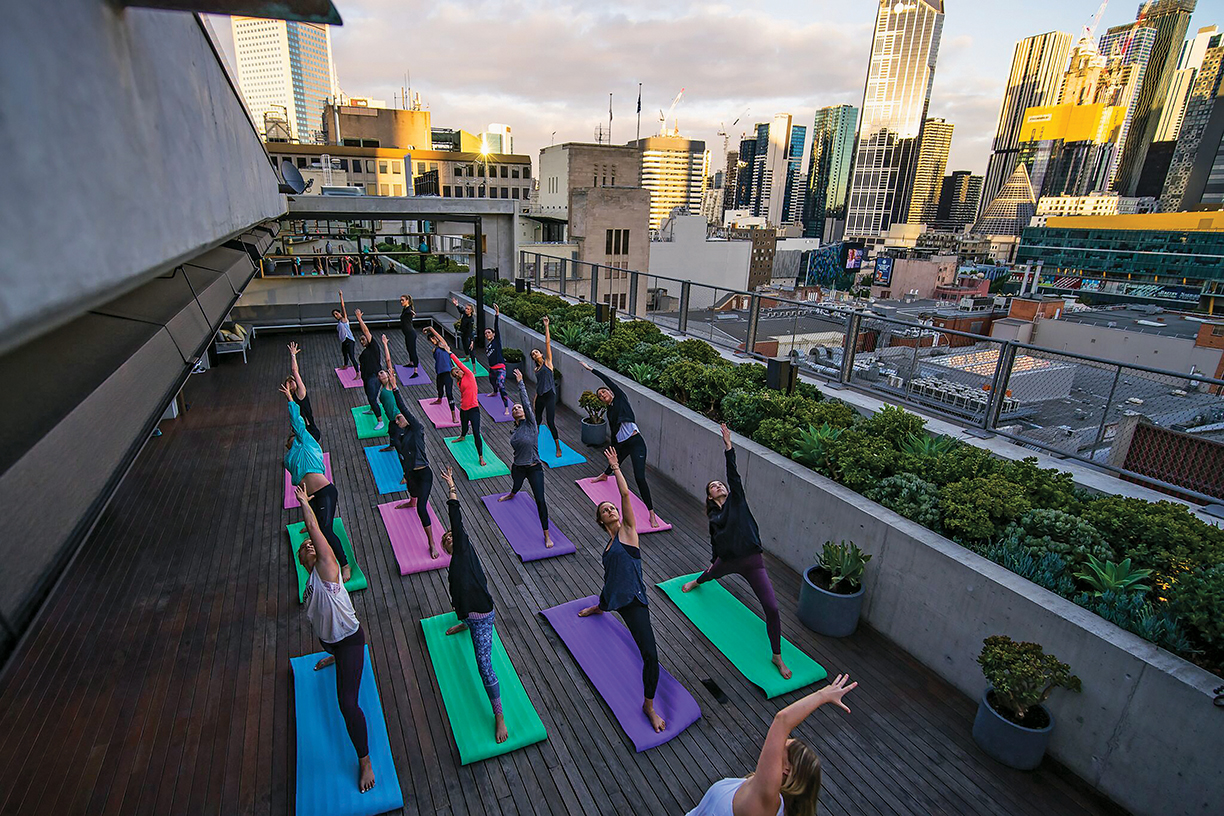
Photo courtesy of QT Hotels & Resorts
According to Warrington, wellness tourists are increasingly using travel as a way to recharge. “Time alone in a hotel can be very valuable,” she says. “We can really use that time as a way to reconnect ourselves.”
Fulfilling a similar need, QT Hotels & Resorts has introduced “Yoga in the Sky,” a pop-up rooftop yoga series, at QT Melbourne.
The series is an “opportunity for people to connect both with themselves and with others,” according to Lee Davey, general manager at QT Melbourne. “The great ambiance on our rooftop, paired with guidance from professional yoga instructors, the energy of a live DJ and the breathtaking skyline views, all combine to create an absolutely one-of-a-kind experience.”
From Chicago to Australia, wellness tourists are emerging as “people are realizing the importance of taking a moment to pause during the day and re-center,” Davey says. “It’s important to escape for a moment and focus your energy on body, mind and soul,” and wellness tourism allows for just that.
Two young businesswomen have found a way to combine their passion for travel and healthy lifestyles through a brand-new venture, luxeFIT. The company offers week-long luxury fitness retreats to exotic destinations, arranging workout sessions and activities, nutritious cuisine prepared by a private chef and opportunities for socializing and fun – all in a luxurious private beachfront estate setting.
LuxeFIT blends fitness, adventure and nutrition with the opportunity to explore new and exciting destinations worldwide. The first retreat is slated for April 30 – May 6, in Barbados. Activities will include yoga, paddleboarding, snorkeling, surfing and water-skiing, with numerous social opportunities — as well as free time — throughout. Excursions will be available to explore Harrison’s Caves, tour Mt. Gay Rum Distillery, shop in Holetown and more.

“Our guests will work hard, sweat it out every day, meet like-minded people and have fun in some of the most beautiful places on earth!” said luxeFIT co-founder Loren Mayo. “Our retreats aim to be a place where guests feast on delicious, healthy cuisine, exercise in spirited and challenging sessions with top trainers, experience the sights and sounds of the area and, ultimately, return home looking and feeling better than when they left.”
Just as food typically plays a central role in any travel experience, healthy eating is at the core of a luxeFIT adventure. One of the founding principles of luxeFIT is to provide wholesome, delectable, locally produced meals for guests to enjoy. The accommodations feature a private chef, who will offer meals that meet guests’ nutritional needs, while taking great care to develop menus reflecting the culture of the destination. Every meal will have vegetarian/vegan, gluten-free and other options.

Business partners Loren Mayo of Sarasota and Holly Morris of New York City at the University of Central Florida. Mayo’s career is rooted in journalism and marketing. Morris worked in hospitality management before making a career change to human resources. Both, however, share a passion for fitness, healthy eating and exotic travel. The two launched luxeFIT in November 2016, engaging Mia Duval, a fitness instructor at OrangeTheory in Sarasota, FL, as head trainer for the venture.
Beyond the Barbados retreat, the duo is exploring additional options in the Caribbean and Mexico.
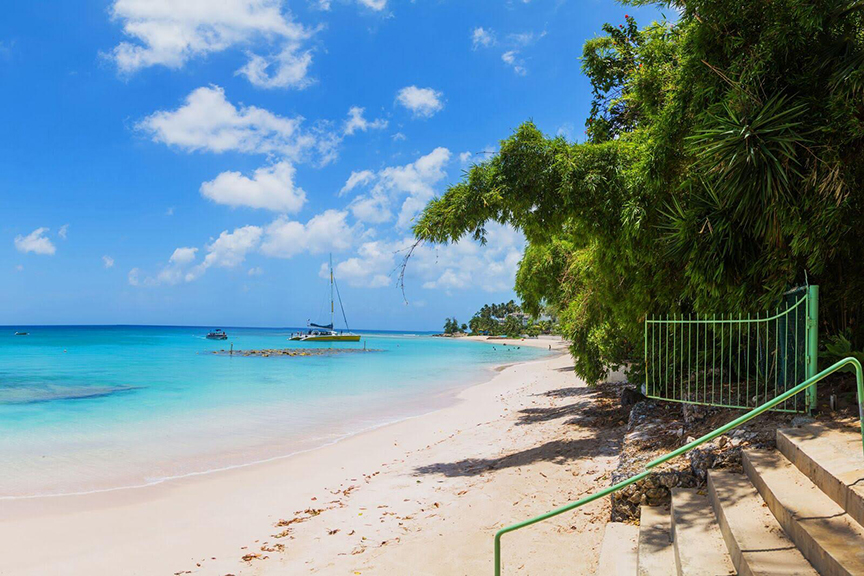
“From invigorating workouts to gourmet fare, this program is designed to nourish and energize our guests on every level, offering the perfect blend of cardio, rest and relaxation,” said Morris. “It’s paradise with a purpose — a better, more balanced you, in less than a week!”
Retreats are all-inclusive — all but airfare is included. Guests will enjoy six-nights in either a 5-Star villa or luxury condo, freshly prepared meals with an emphasis on local cuisine, fitness and yoga sessions, the ability to work out with a first-rate fitness instructor and round-trip transportation to group activities.
Photos courtesy of luxeFIT.


